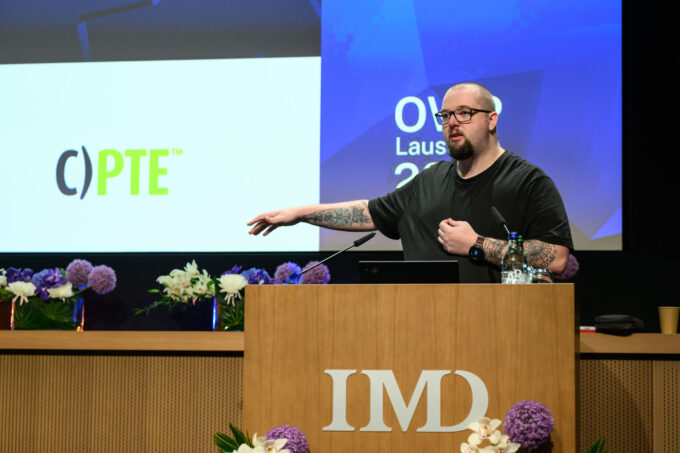Ransomware is also affecting critical national infrastructure. A recent ransomware attack saw Russian-linked cybercriminals target the British financial system. The incident affected 42 of ION Trading UK’s customers with many European and American banks and brokers compelled to handle trading deals manually. According to the affected brokers, the disruption affected crucial operations such as margin calls and regulatory reporting on major market positions.
It always falls back to human error, no matter what
People tend to picture a hacker as Warlock from Die Hard, trying to take over the world from a basement. That’s the stereotype. The reality is that it is most likely a disgruntled former employee or a third-party organization tasked with processing your data that is compromising your organization’s security, and not a lone wolf.
In the past, hackers would get into, then out of, an organization quickly – that is no longer the case. Some hackers spend years inside an organization, leaving the back door open and inviting criminals to bid for access to your information.
What should you look out for?
What we are facing today is serious organized criminals reaching out to your employees asking them to deploy ransomware on their behalf.
In the late 90s, it was all about viruses, malicious code, trojans, and advanced worms. Cyberattacks didn’t tend to use ransomware, even though it has been around for a long time. From 2004 to 2007 we saw identity theft, and from 2007 to 2010 we saw the rise of botnets. Since 2010, it has been about all social engineering. According to Verizon’s 2024 data breach report, 68% of breaches involve a non-malicious human element, like a person falling victim to a social engineering attack. You can have all the technology in the world to ward off attacks but if I watch you for six months and I know your habits and where you hang out, there is a lot of interesting information that can be utilized to lure employees in –this is how organizations are being compromised.








